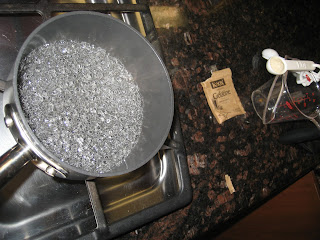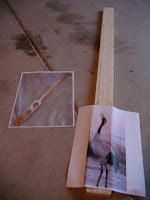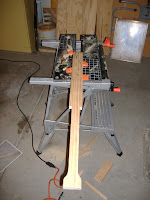It's time to start planning your trips to the Anza Borrego Desert because it's getting close to wild flower season. Here is a link to a great Anza Borrego Flower Map.
The past year we did an overnight at the primitive camp in Sheep Canyon. For this trip, it is as much about the journey as it is the destination. If you have a 4 wheel drive vehicle and off-roading skills then you can drive all the way to the primitive campsite. Well, I have neither so that means that we drive as far as we feel that my 2 wheel drive SUV can go. And we stick to places that have decent traffic so if we do get stuck then the generous desert people can help us out (which happened once before).
So I created a custom Google map that has all the checkpoints for getting to Sheep Canyon.
View Road to Sheep Canyon in a larger map
 One thing I learned from this trip is just how much more you can "see" by hiking rather than driving. I don't mean area, but depth. In an area like the desert that looks so scarce it is amazing what you see when you slow down your pace.
One thing I learned from this trip is just how much more you can "see" by hiking rather than driving. I don't mean area, but depth. In an area like the desert that looks so scarce it is amazing what you see when you slow down your pace.For example, in Boulder Alley where all the technical off-roading happens we got to watch (carefully) the desert blister beetle (Lytta magister) mate. Just watch, don't touch.
And my animal expert hiking partner, Jordan, also found a nice snake. It is amazing how quickly he can identify (make sure not poisonous) and grab them. The snake was much easier to catch since it was starting to cool down and that slowed the snake considerably.
The reason that most come out to Sheep Canyon is for the a bit of canyon exploration. There are a few waterfalls and pools but I've heard Cougar Canyon is much better for this. The best reason is the sunrise.























